
ArtSocial launches art therapy programmes to help disadvantaged children and young people. Image by Justyna Fedec
Alina Uspenskaya is the Founder and Director of ArtSocial, a foundation that supports and establishes arts therapy programmes to help disadvantaged and vulnerable children. Here, Alina tells about the foundation’s vision, annual fundraising gala and plans for the future

Alina Uspenskaya
1. How was the ArtSocial Foundation born?
I started ArtSocial more than 5 years ago because I wanted to combine my passion for art, my love of bringing people together and desire to work for a cause that I care about. During my childhood in an industrial city in the North-West of Russia, arts unlocked a different world for me – a world in which I could dream, and aspire to a full and diverse life. I always wanted to find a way of helping other young people, especially those who are the most vulnerable and to help overcome social, economic or health challenges, using the power of art.
Follow LUX on Instagram: luxthemagazine
In the art and fashion worlds of London I met many people and luxury brands who have joined me on this mission. With all of this endorsement, I was able to set up ArtSocial Foundation in 2016 alongside the ArtSocial Patrons Club, which is a philanthropic community supporting the foundation’s work.
2. Have you always been interested in the arts?
Art, music and drama were a huge part of my life. When I was a teenager, music gave me a refuge from the feelings and emotions of a turbulent adolescence. When I moved to London over 10 years ago, I discovered this city through its art and met many like-minded people thanks to the vibrant art world.
I should say, though, that the love of art is not enough to run a charity, even if it is an art-related one. That is why recently, in addition to an Art History degree, I graduated with a Masters in Charity Management from Cass Business School.
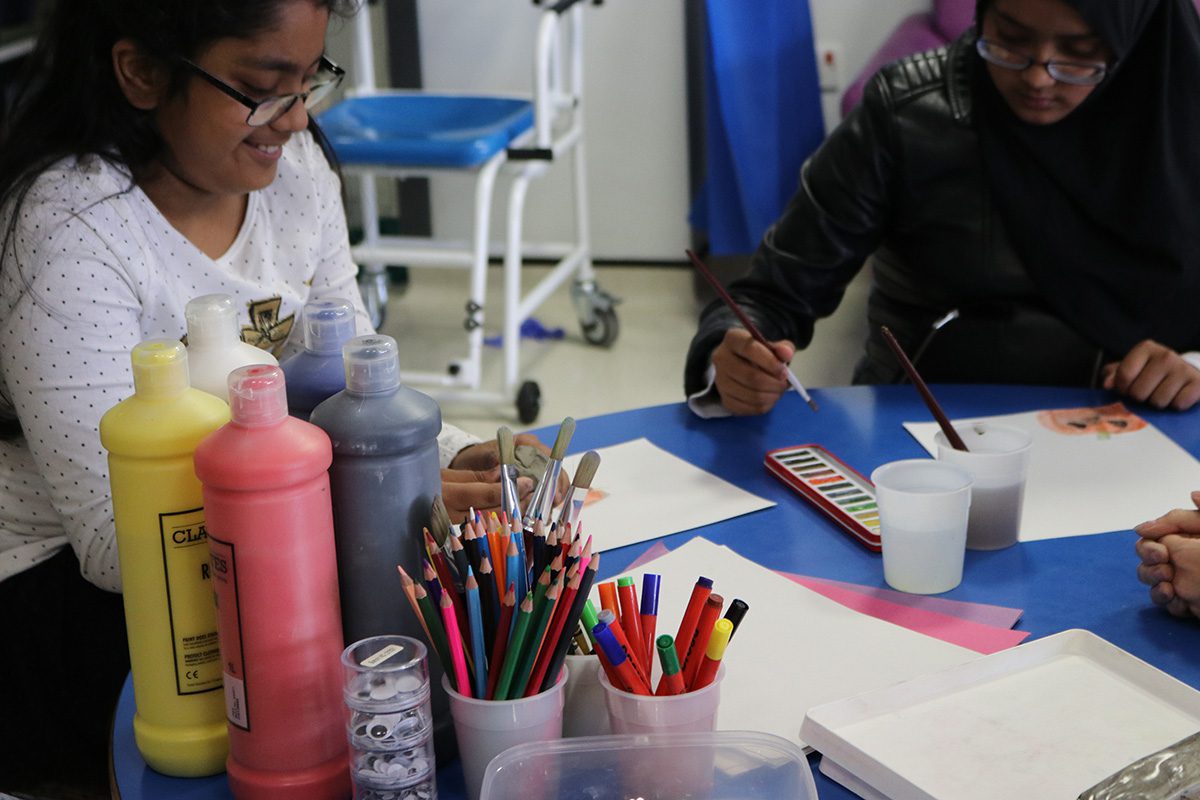
3. Which of ArtSocial’s programmes are you most proud of so far?
It has to be the most recent program of art psychotherapy in children’s hospitals that started at St Mary’s Hospital in November and will soon expand into The Royal Brompton Hospital paediatrics department.
Doctors and psychologists agree that art psychotherapy can be very effective in providing an emotional support during hospitalisation, especially for children who cannot always express their feelings with words. I’m excited that this year almost 1000 children and young people who are seriously or chronically ill, or hospitalised will receive much needed emotional support from art therapists funded by ArtSocial.
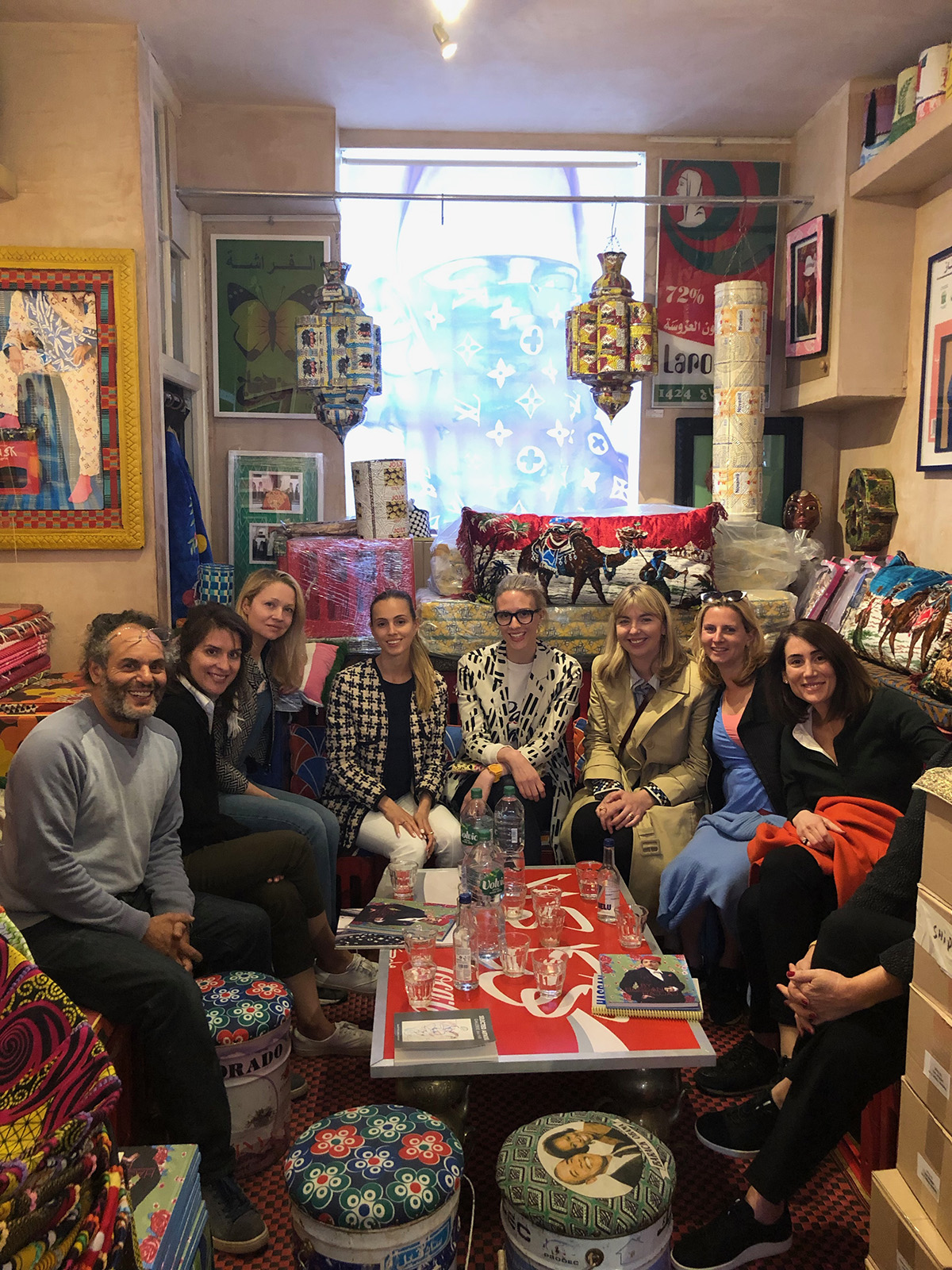
ArtSocial Patrons Club visit to the studio of artist Hassan Hajjaj
4. How do you become a patron and what does it involve?
ArtSocial Patrons Club is made up of like-minded and diverse people from many backgrounds who share a passion for arts and philanthropy. Throughout the year our patrons enjoy a curated programme of events, including artists’ studios and private collection visits, gallery and art fair tours and bespoke behind-the-scenes visits. In the past, we have visited the studios of artists such as Mary McCartney, Paula Rego and Hassan Hajjaj. This season’s highlights include a backstage tour of The Royal Opera House and a visit to the couture atelier of Ralph & Russo.
An annual patron’s contribution is £1200 and thanks to this support, we can sustainably fund some of our long-term commitments and start new projects. To keep up the community spirit of our Patrons Club, we open up just a few spaces to new members every season. Myself or my team meet with every applicant to ensure he or she receives the best welcome and feels properly involved in what we do.
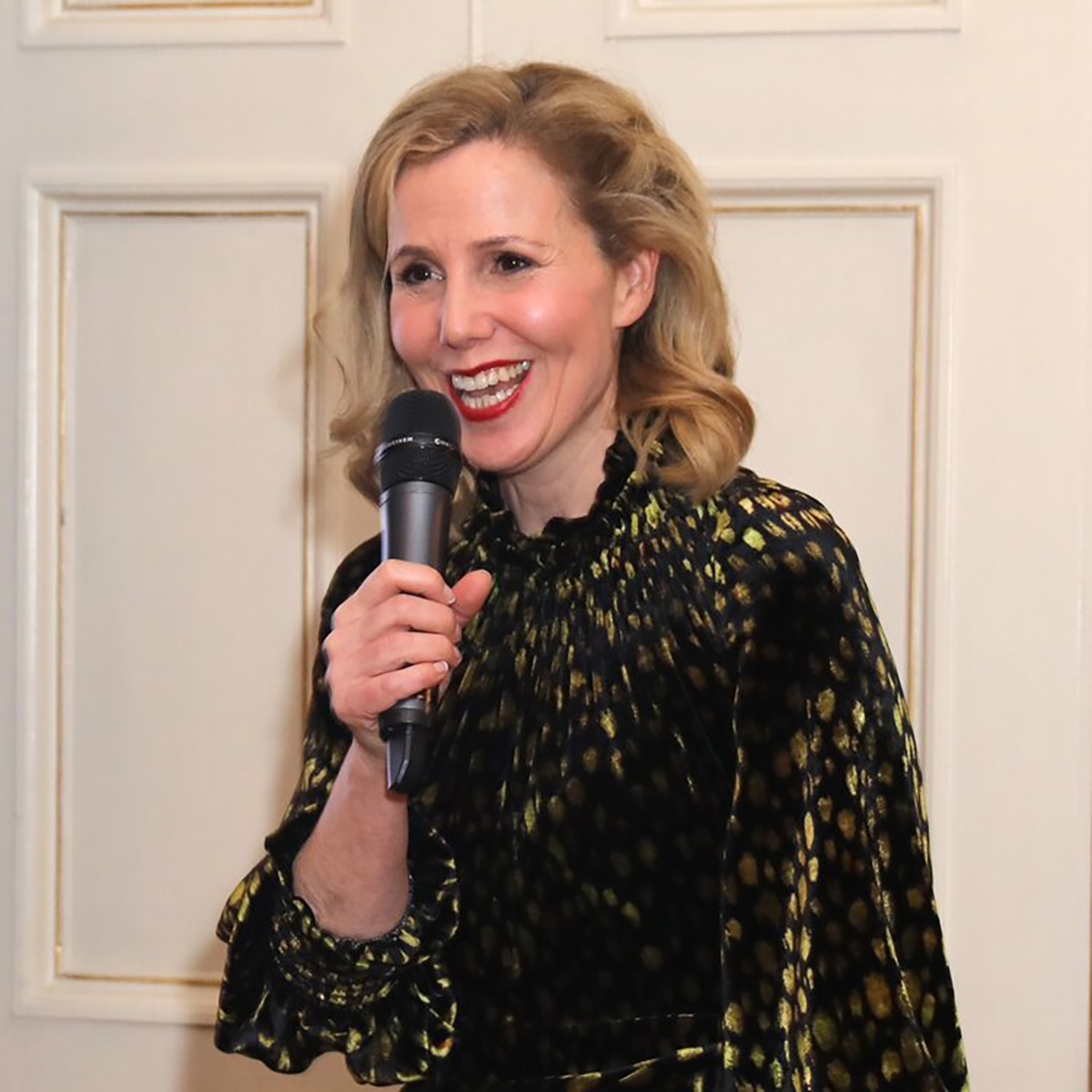
Actress Sally Phillips was a special guest at the ArtSocial gala and auction 2019
5. Can you tell us about the annual gala event?
In addition to the contributions we receive from patrons, we raise funds at our annual Christmas Gala and Auction. The recent gala brought together 90 people from the worlds of art, fashion and business. Our special guest was Sally Phillips (an actress and a champion for Down’s Syndrome awareness) who gave a touching speech in which she shared how music helps her son Olly (who has Down’s Syndrome) to gain confidence and essential social skills.
Christie’s auctioneer Charlie Foley auctioned a stay at Joali (the Maldives’ first immersive art resort), a luxury experience with Chanel in Paris, a stay at Amanzoe resort in Greece and other luxury experiences.
The atmosphere was very warm and supportive. Thanks to our guests, auction partners and our main partner Faidee jewellery, we raised funds to run all of our projects in 2020.
6. What do you hope to achieve in 2020?
This year, we are celebrating ArtSocial’s 5th anniversary, and the thousands of children and young people who we have reached through the projects we fund and run. Our 2020 focus is on the new hospitals programme, to get it well established and expand to other children’s hospitals in London and in Russia.
We have some exciting events lined up for our patrons in the next few months, and are looking to grow our community and welcome new patrons who would like to join us on our mission. Although, the Christmas season has just passed, I have already started planning for the next Christmas Gala, which will be our biggest yet.
For more information visit: artsocial.uk



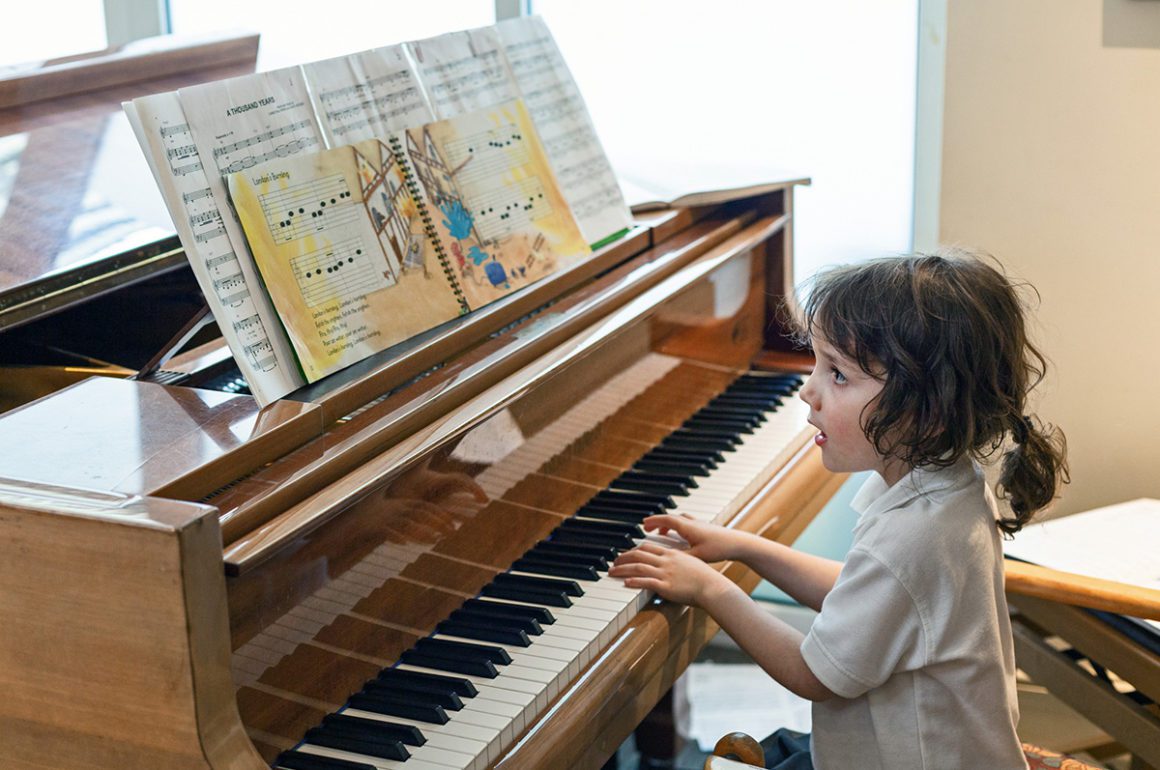
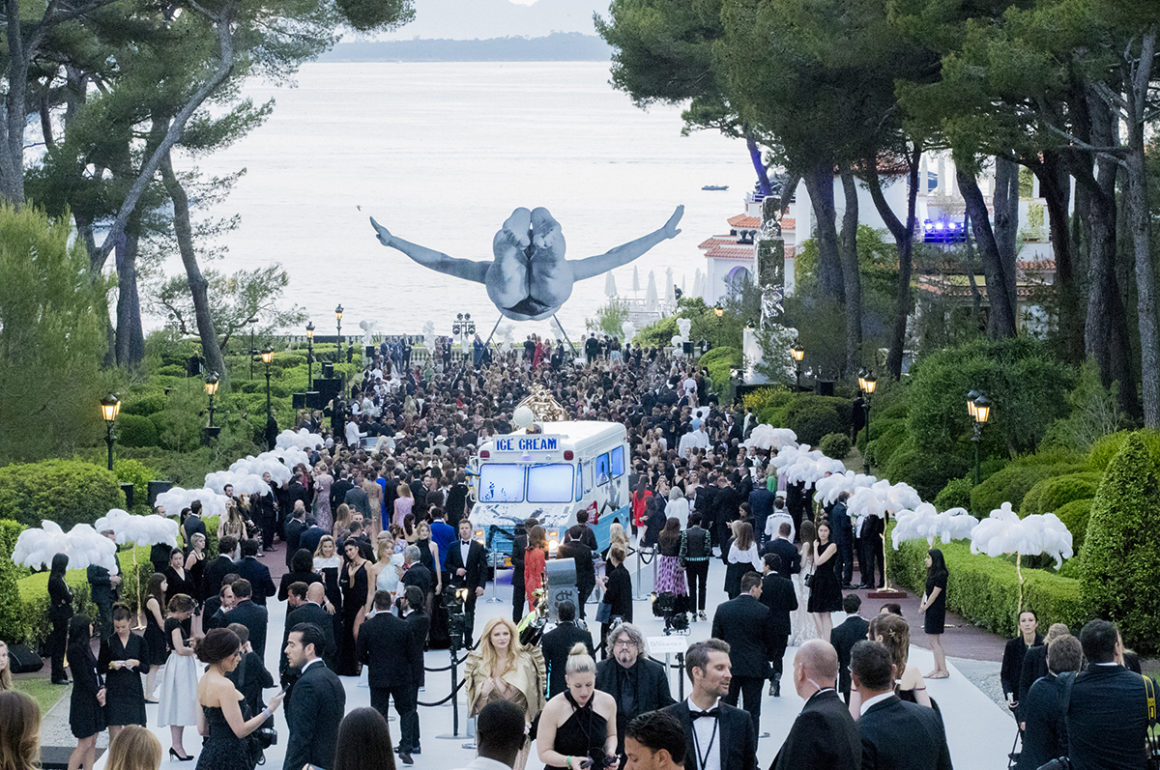
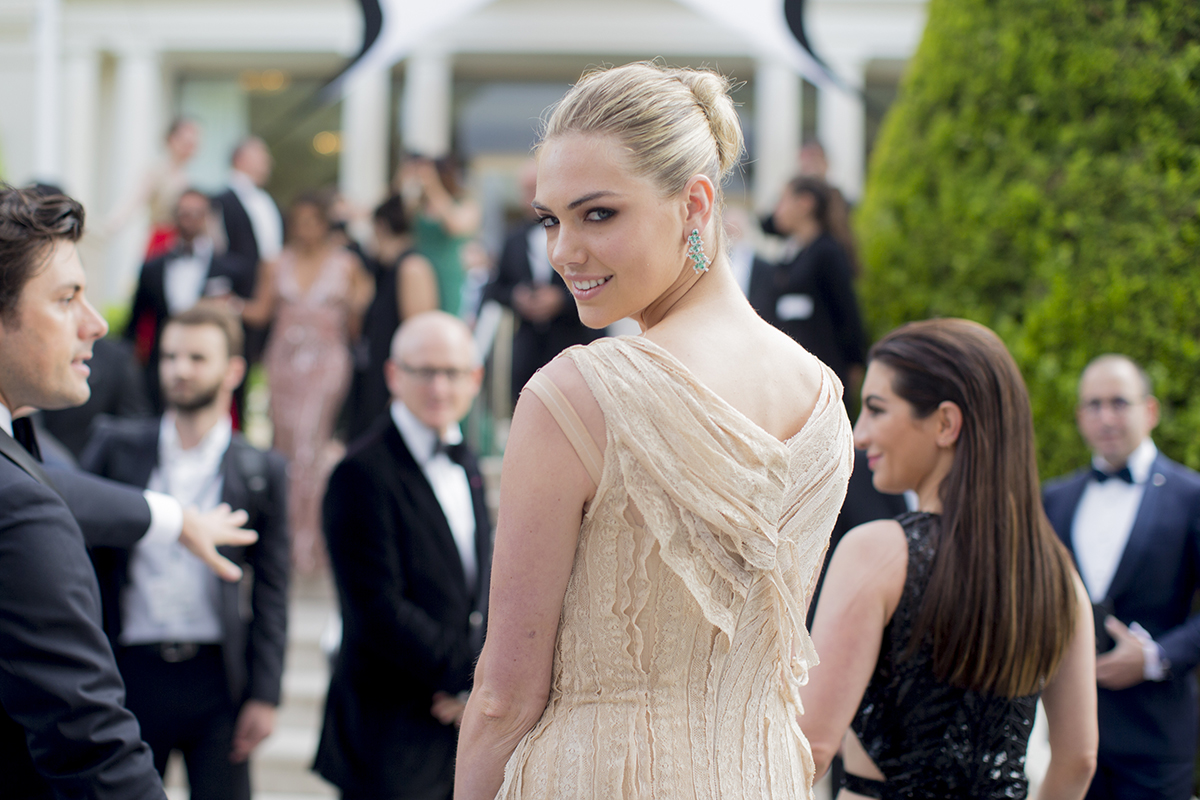

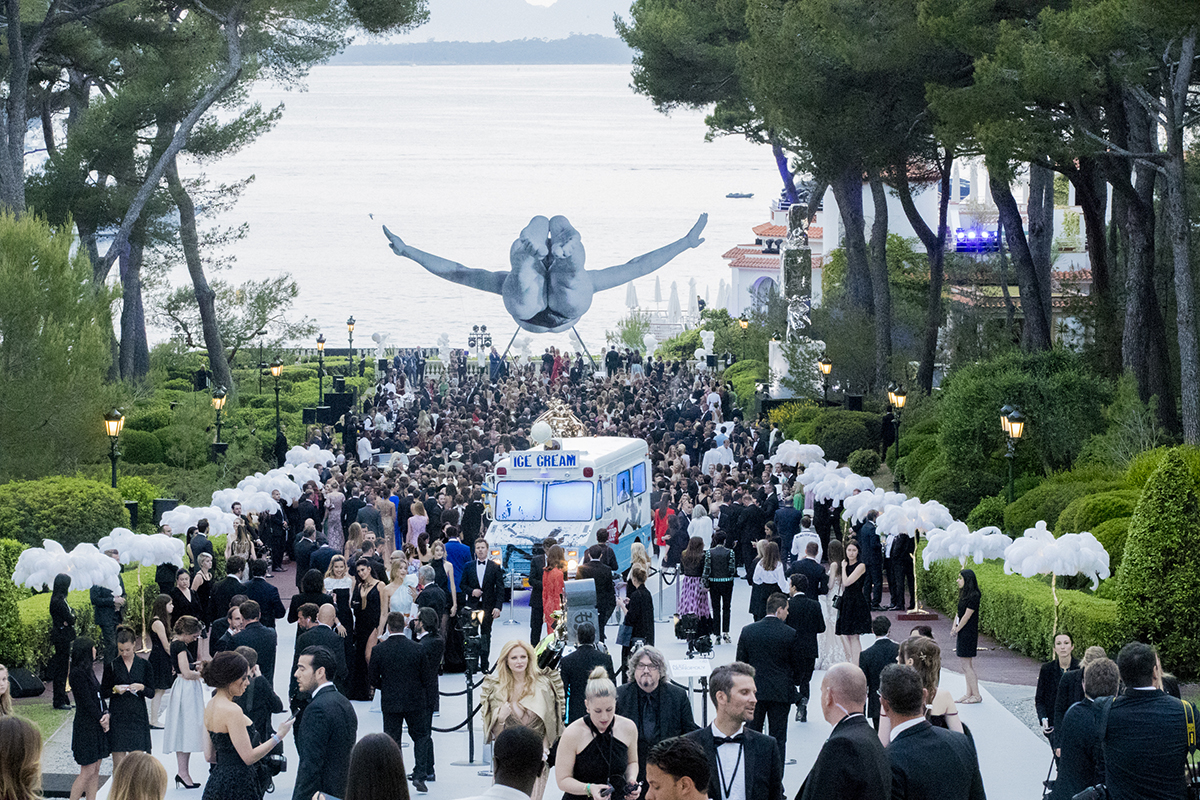
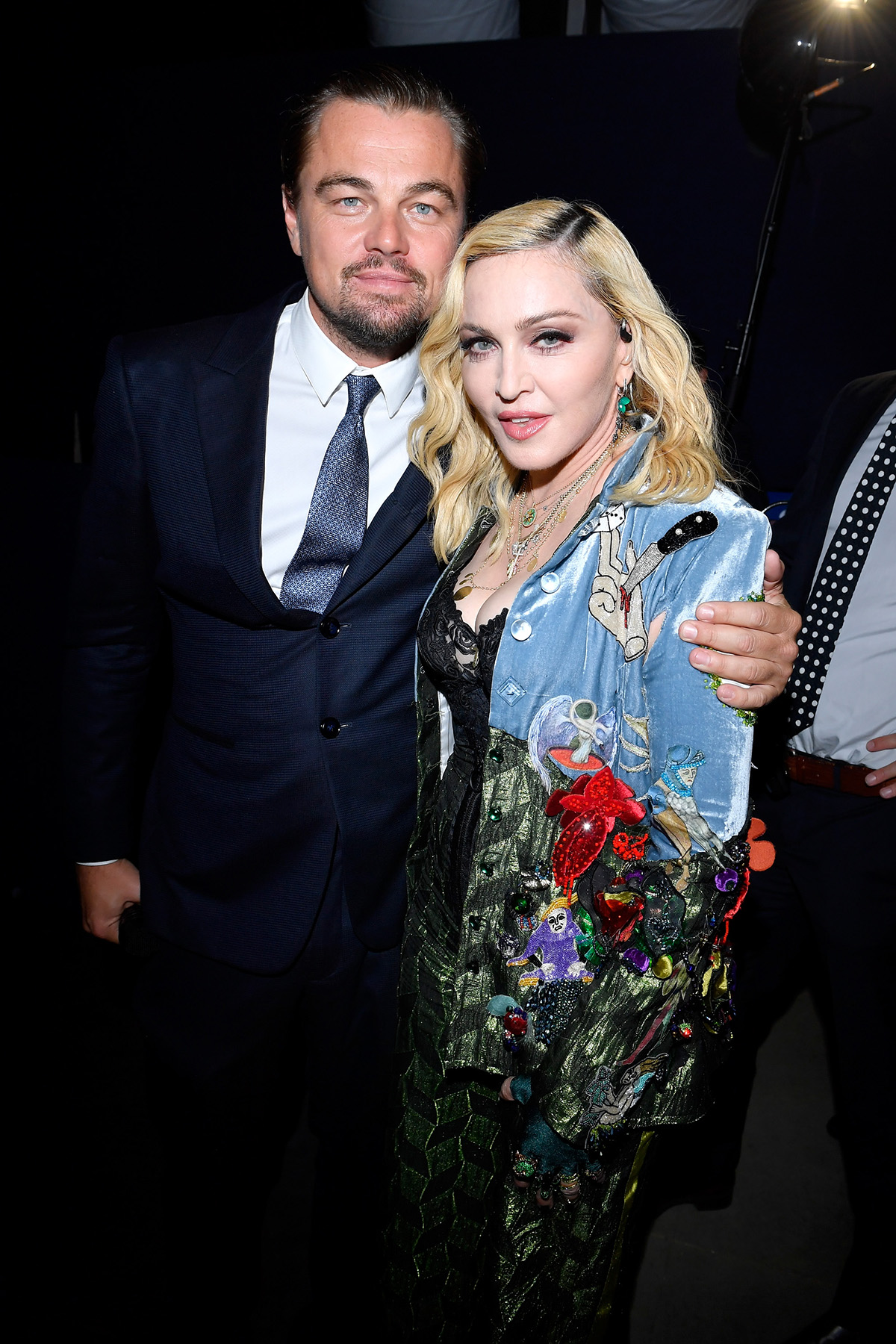
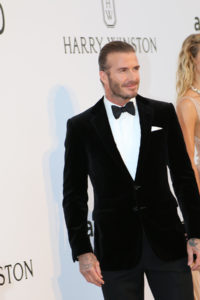





Recent Comments